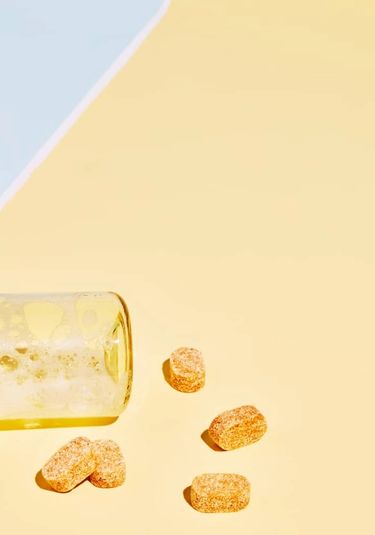What You Need To Know About Black Plastic
Written by: Natalie Henderson, Marketing @blueland
January 13, 2020
We all know that single-use plastic is causing a big problem. But did you know that some types of plastic are worse than others? Only 9% of single-use plastic is recycled, which means the other 91% is going to landfills or gets dumped in the ocean. So, why does so much plastic go unrecycled? There are many reasons, but one is that not all types of plastic are easy to recycle. Black plastic is one type that is incredibly difficult to recycle and as a result, most ends up in a landfill. We’ll share everything you need to know about black plastic.
How Is Plastic Recycled?
To understand why black plastic is difficult to recycle, we have to explain how recyclable goods are sorted. In most large-scale recycling centers, recyclable goods are separated and sorted using infrared cameras. Recycled items go on a conveyor belt, and an infrared camera detects the amount of light each item reflects. The cameras indicate what plastic should be sorted together based on the amount of light reflected.
The other way recyclable plastics are sorted are by the numbers on the bottom of plastic containers. Recyclable goods have the recycling symbol and a number from 1 to 7 printed on them. This number indicates the type of plastic that the item is made from which informs how and if that item can be recycled.
Why Is Black Plastic Hard To Recycle?
So, why is this a problem for black plastics? Currently, the technology that exists to sort recyclable plastics relies on cameras to detect reflected light. The pigment in black plastics absorbs light instead of reflecting it, so there is no way for the cameras to know what type of plastic a black plastic item is made from. As a result, black plastic items end up in the pile of goods that are deemed not recyclable and end up going to a landfill instead. You’ll also notice that most black plastic items don’t have a recycling number printed at the bottom of the container. This further contributes to the difficulty of recycling black plastic items.
Black plastic is most commonly found in the food and beverage industry. Restaurants often use black plastic for food containers and utensils for take-out orders. Other common black plastic items are plastic lids for coffee cups, bottle caps, black trash bags and personal care products like shampoo and conditioner bottles. Though this may seem like just a few items, black plastic makes up about 15% of our black plastic waste and it goes unrecycled.
New Developments In Black Plastic
Because so many companies use black plastic packaging, companies are starting to develop solutions to recycling black plastic. These technologies are in their early stages, but there are promising developments to make it easier to recycle black plastics. Companies like Unilever are starting to add new pigments to their black plastic items that would be detectable by the infrared cameras.
What Can You Do About Black Plastics?
Like all single-use plastics, the best thing you can do is avoid them. This is especially important with black plastic items, because despite your best efforts, until the technological advances are implemented in all recycling facilities, it is likely that most black plastic will continue to end up in landfills. So, how can you avoid black plastic? A lot of black plastic is used to make food containers from takeout or delivery food and black plastic utensils. Cutting back on delivery and takeout and dining in instead can help you cut out black plastic packaging. If you are going to have takeout, use your own set of utensils and skip the single-use option that usually comes wrapped in plastic as well. Lids for single-use coffee cups are often made from black plastic, and you can avoid those by choosing a reusable coffee mug instead.
Another place we see black plastic is packaging personal care products. Choose packaging that is recyclable instead of products packaged in black plastic. You can even check the recycling number at the bottom of your product before buying to make sure it’s recyclable! Just make sure you rinse out all your product before dropping it in the recycling bin!
Recycling is tricky, but it’s important that we recycle all the plastic we do use if we are going to use single-use plastic. So, skip the black plastic!
Keep Reading
View AllRefill is the New Recycle
The perfect way to start cutting out single use plastic from your home.
